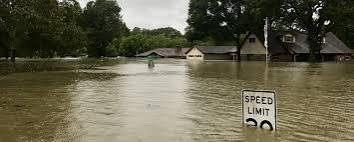Floods can cause a lot of damage, but there are simple things you can do to protect your home and community. Here are some easy steps:
1. Keep Drains and Gutters Clean
Regularly check and clean your drains and gutters. Leaves, trash, and other debris can block water flow, causing floods.
2. Plant Trees and Shrubs
Plants help absorb rainwater. By planting more trees and shrubs, you can reduce the amount of water that runs off into streets and drains.
3. Use Rain Barrels
Collect rainwater from your roof in barrels. This water can be used for watering plants or washing your car, reducing the amount of water that goes into the drainage system.
4. Build Rain Gardens
Create rain gardens in your yard. These are shallow, planted areas that collect and absorb rainwater, preventing it from flooding streets and homes.
5. Install Permeable Pavements
Use permeable materials for driveways and walkways. These allow water to seep into the ground instead of running off into drains.
6. Elevate Your Home and Appliances
If you live in a flood-prone area, consider raising your home and important appliances like heaters and electrical panels above the expected flood level.
7. Create Barriers
Build barriers, such as flood walls or sandbags, around your home to keep floodwater out. This is especially important if you live near a river or coast.
8. Stay Informed
Pay attention to weather forecasts and flood warnings. Knowing when a flood might happen gives you time to prepare.
9. Plan and Prepare
Have an emergency plan in place. Know where to go and what to do if a flood happens. Keep emergency supplies, like food, water, and medications, ready.
By taking these simple steps, you can help reduce the risk of flooding and protect your environment. Remember, a little preparation can make a big difference.


